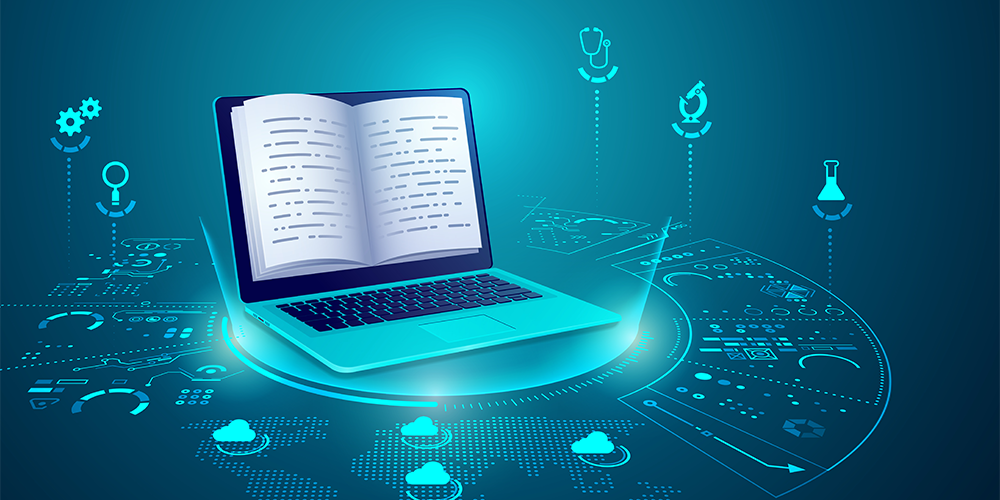2Mami Insights
Your go-to source for news, tips, and inspiration.
Learning Reimagined: Tech's Classroom Revolution
Discover how tech is transforming education! Join the revolution in learning and unlock new possibilities in the classroom.
How Technology is Transforming Traditional Learning Environments
The advent of technology has significantly transformed traditional learning environments, making education more accessible and engaging for students. With the integration of tools like interactive whiteboards, learning management systems, and various educational apps, teachers can now present information in dynamic ways that cater to different learning styles. For instance, multimedia presentations and virtual simulations allow students to visualize complex concepts, enhancing their understanding and retention of knowledge. This shift not only encourages active participation but also fosters collaboration among students, as technology facilitates group projects and discussions in real-time.
Moreover, the use of technology in education promotes individualized learning paths. Online platforms and learning analytics provide educators with valuable insights into each student's progress and performance. As a result, teachers can tailor their instruction to meet the unique needs of every learner, ensuring that no student is left behind. Artificial intelligence tools, for example, can offer personalized recommendations and resources based on a student's strengths and weaknesses. This level of customization is revolutionizing the classroom, allowing for a more effective and efficient learning experience that bridges the gap between traditional and modern pedagogical practices.

The Role of Artificial Intelligence in Personalized Education
Artificial Intelligence (AI) is revolutionizing the landscape of education by enabling personalized learning experiences. Unlike traditional one-size-fits-all teaching methods, AI harnesses data analytics to tailor educational content to meet the unique needs of each student. Through sophisticated algorithms, AI can assess a student’s strengths and weaknesses, allowing educators to provide customized resources and support. This adaptability not only enhances engagement but also improves academic outcomes by ensuring that learners receive the precise guidance they require.
Furthermore, AI-driven platforms are being developed to facilitate continuous assessment and feedback, which further promotes personalized education. For instance, these systems can analyze students' performance in real-time and suggest modifications to their learning pathways. Features such as chatbots and virtual tutoring can provide instant assistance, making learning more accessible. Overall, the integration of AI into educational frameworks represents a significant step toward fostering an environment where students can thrive individually, paving the way for a more effective and immersive educational experience.
Innovative Tools and Resources Shaping the Future of Classrooms
The future of classrooms is being reshaped by an array of innovative tools and resources that enhance the teaching and learning experience. Digital platforms like virtual reality (VR) and augmented reality (AR) are allowing students to explore complex concepts in an immersive environment, fostering engagement and comprehension like never before. Additionally, adaptive learning technologies utilize artificial intelligence (AI) to personalize educational experiences, ensuring that each student's unique needs and learning pace are addressed. This shift towards not only interactive but also highly personalized education is paving the way for a revolution in how knowledge is imparted.
Moreover, collaborative tools such as cloud-based applications and communication platforms are breaking down geographical barriers, enabling students from different locations to work together on projects and share ideas seamlessly. The integration of gamification into learning environments is another key innovation, instilling a sense of competition and motivation among students. Finally, the integration of data analytics is transforming classroom management, providing educators with invaluable insights to optimize teaching strategies and enhance student performance. As these innovative resources continue to evolve, the possibilities for future classrooms seem boundless.